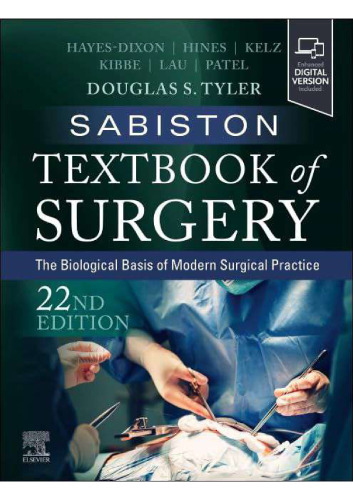Whether you call them work-related upper limb disorders (WRULDs), cumulative trauma disorders (CTDS), or occupational overuse syndromes (OOSs), these conditions are a cause of pain, disability and suffering to workers worldwide. These designations often imply that their causes are related to work, but the supporting evidence can be unclear. Transparency is important, especially when it is necessary to form a connection with work factors to obtain treatment or compensation. This book addresses the dilemma.
Written by a professional ergonomist with almost 40 years of experience in workplace ergonomics, this book combines a critical summary and assessment of the epidemiological literature with an exploration of the scientific and medical evidence for possible causal mechanisms to develop well-informed conclusions on causation of a number of common musculoskeletal disorders of the upper limb and intervertebral disc injury.
Although much of the book focuses on physical factors, the role of psychosocial factors is increasingly being recognized and an additional chapter reviews a number of the current theories relating to this important issue.
Features
- Focuses on a clear and authoritative account of the evidence for the role of work in the causation of commonly occurring ULDs and disc injury
- Provides an up-to-date compilation of the scientific evidence, devoid of views based on assumptions or prejudice
- Presents a clear explanation of the most likely causal mechanisms for common ULDs and disc injuries
- Includes a summary of theories concerning the role played by psychosocial factors
- Outlines the statistical evidence in a clear and understandable manner
- Bridges the gap between the evidence-base in the scientific and medical research literature and the practitioner
چکیده فارسی
چه آنها را اختلالات اندام فوقانی مرتبط با کار (WRULDs)، اختلالات ترومای تجمعی (CTDS) یا سندرم های استفاده بیش از حد شغلی (OOSs) بنامید، این شرایط باعث درد، ناتوانی و رنج برای کارگران در سراسر جهان می شود. این نامگذاریها اغلب حاکی از این است که علل آنها به کار مرتبط است، اما شواهد پشتیبان میتواند نامشخص باشد. شفافیت مهم است، به ویژه زمانی که لازم است با عوامل کار ارتباط برقرار شود تا درمان یا غرامت دریافت شود. این کتاب به این معضل می پردازد.
این کتاب که توسط یک ارگونومیست حرفهای با تقریباً 40 سال تجربه در ارگونومی محیط کار نوشته شده است، خلاصهای انتقادی و ارزیابی ادبیات اپیدمیولوژیک را با کاوش در شواهد علمی و پزشکی برای مکانیسمهای علّی احتمالی برای ایجاد نتیجهگیریهای آگاهانه در مورد ایجاد تعدادی از اختلالات اسکلتی عضلانی شایع اندام فوقانی و آسیب دیسک بین مهره ای.
اگرچه بیشتر کتاب بر عوامل فیزیکی تمرکز دارد، نقش عوامل روانی-اجتماعی به طور فزایندهای در حال شناسایی است و فصل دیگری تعدادی از نظریههای جاری مرتبط با این موضوع مهم را مرور میکند.
ویژگی ها
- روی گزارشی واضح و معتبر از شواهد نقش کار در ایجاد ULDs و آسیب دیسک که معمولاً رخ میدهند تمرکز میکند
- مجموعهای بهروز از شواهد علمی، بدون دیدگاههای مبتنی بر فرضیات یا پیشداوری ارائه میکند
- توضیح واضحی از محتملترین مکانیسمهای علت برای ULDs و آسیبهای دیسک رایج ارائه میکند
- شامل خلاصهای از نظریههای مربوط به نقش عوامل روانی-اجتماعی است
- شواهد آماری را به شیوه ای واضح و قابل فهم بیان می کند
- شکاف بین پایه شواهد در ادبیات تحقیقات علمی و پزشکی و پزشک را پر می کند
ادامه ...
بستن ...
Ebook details:
عنوان: Ergonomics and Musculoskeletal Disorders (MSDs) in the Workplace: A Forensic and Epidemiological Analysis
نویسنده: Richard Graveling
ناشر: CRC Press; 1 edition (October 9, 2018)
زبان: English
شابک: 1138336076, 978-1138336070
حجم: 5 Mb
فرمت: True Pdf
ادامه ...
بستن ...


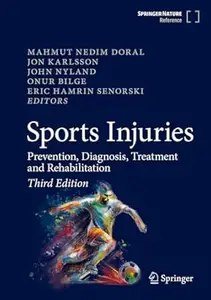
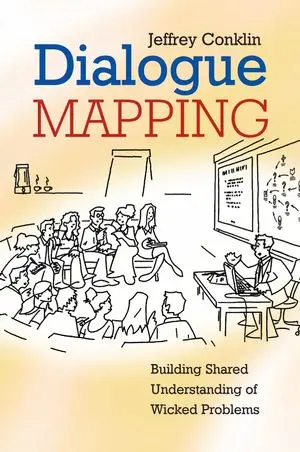

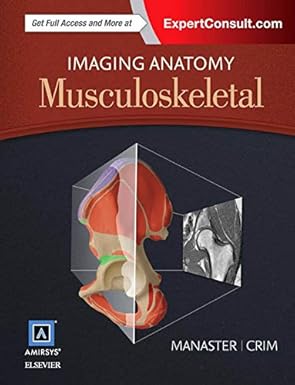
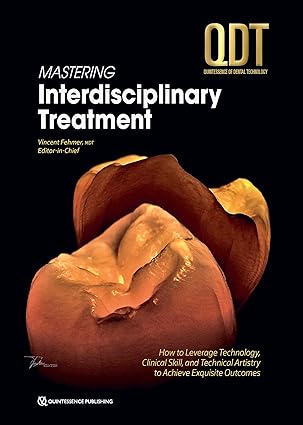
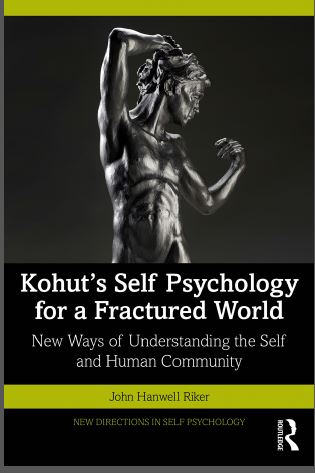

![Clinical Management of Swallowing Disorders (6th Edition) [2025] - Orginal Pdf Clinical Management of Swallowing Disorders (6th Edition) [2025] - Orginal Pdf](https://dl.libsan.ir/images/1/12/Clinical Management of Swallowing Disorders_68fdc2997972e.webp)
